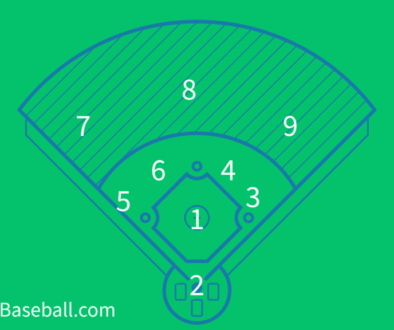Slumps Happen: How to Help Your Player Stay Confident Through Struggles
(What to Do When the Hits Stop Falling)
Every ballplayer, no matter how talented, will hit a slump.
Maybe it’s a stretch of strikeouts.
Maybe their glove feels like it has holes in it.
Maybe they’ve suddenly lost that spark you’re used to seeing.
It happens—to 9-year-olds, to college stars, and even to pros. But what really matters isn’t the slump itself… it’s how we respond to it.
And as a parent, you play a huge role in helping your player get through it with confidence, grit, and perspective.
Let’s talk about how to support them without adding pressure, fixing what doesn’t need fixing, or making slumps feel worse than they are.
1. 🧠 Normalize the Slump
First things first—slumps are part of the game.
They’re not a sign your kid isn’t “cut out” for baseball. They’re not always fixable with a quick swing tweak. Most of the time, slumps are mental, emotional, or just part of the natural rhythm of sports.
🧢 Coach T Tip: Share examples of great players who struggled—and bounced back.
“Even Mike Trout’s had hitless streaks. It’s normal.”
The more you normalize it, the less it feels like a crisis—and the more it becomes an opportunity to grow.
2. 🗣 What You Say After Games Really Matters
Postgame car rides can either build your player up—or bury their confidence.
Resist the urge to go straight into analysis, mechanics, or “what went wrong.” Instead, start with something like:
-
“I love watching you play.”
-
“I’m proud of your effort today.”
-
“What was something you felt good about?”
Let them bring up struggles when they’re ready. Then listen. Sometimes they don’t need advice—they just need a soft place to land.
🧢 Coach T Tip: The best question you can ask?
“Want to talk about it, or just chill today?”
3. 🎯 Focus on Process Over Performance
Instead of obsessing over hits or errors, celebrate the right habits:
-
Did they hustle on every play?
-
Did they have good at-bats, even if they didn’t get hits?
-
Were they mentally locked in and encouraging teammates?
Praise effort, attitude, and focus—because those are the things your player can control, slump or not.
🧢 Coach T Tip: Help them set one small, controllable goal each game—“track pitches,” “stay relaxed,” or “keep my head up after outs.”
4. ⏸ Know When to Step Back
When a player is struggling, the natural instinct is to fix it. Extra reps. Extra video. Extra tips.
But too much input can make them feel overwhelmed, confused, or worse—like they’re failing you. If your kid suddenly doesn’t want to hit in the cage or seems tense at practice, they might just need a break.
🧢 Coach T Tip: Rest is part of development. It’s okay to hit pause and reset.
Sometimes the best thing you can do is take them for ice cream, watch a movie, and not talk baseball at all.
5. ❤️ Remind Them That Their Worth Isn’t Tied to Their Stats
This one’s big. Really big.
Kids often equate performance with approval. That means when they’re slumping, they might feel like they’re disappointing you—even if you’ve never said that out loud.
Your job: remind them often (and out of the blue) that you love them for who they are, not what they do on the field.
🧢 Coach T Tip: “There’s nothing you can do on a baseball field that’ll make me love you more—or less.”
That’s the kind of message that builds strong, resilient athletes… and humans.
📝 TL;DR
Slumps happen. To everyone. Your job as a parent isn’t to solve them—it’s to walk with your player through them.
Encourage the process, protect their mindset, and remind them they are more than their stats. Confidence grows in the quiet moments between games, and you’re one of their most powerful tools for bouncing back.






